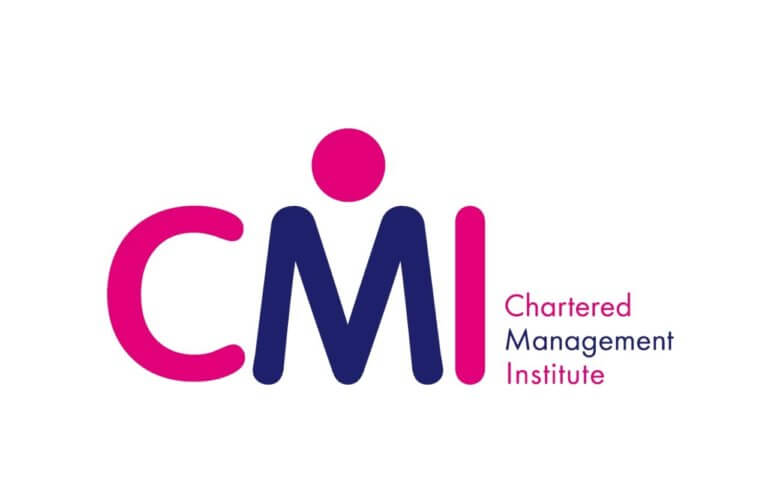In the intricate dance of life, there are moments of joy and periods of unforeseen hardship. These oscillations are natural, forming the ebb and flow of human experience. However, certain hardships, such as accidents, severe health issues, or property damage, can come with financial burdens capable of destabilizing our lives. Herein lies the intrinsic value of insurance. It provides a buffer, limiting the financial impact of these unexpected hardships, ensuring that they don’t derail the long-term security and stability of our lives.
Yet, despite its importance, insurance remains one of the most misunderstood pillars of personal finance. Many see it as a mandatory checkbox, a necessary line item in their budget, without fully grasping the protections it offers or the implications of the policies they hold. This lack of understanding isn’t a reflection of individual shortcomings. Instead, it’s indicative of the complexity of insurance products themselves, with their amalgamation of terms, conditions, riders, and exclusions that can overwhelm even the most astute minds.
This comprehensive guide aims to serve as a beacon, cutting through the fog of technical jargon and highlighting the path to informed decision-making. It is designed for everyday consumers who seek clarity about their coverage, ensuring that what stands between them and potential financial turbulence is a robust shield, meticulously chosen and understood. From the types of insurance that cater to different facets of life to the critical evaluation of what lies within the folds of policy documents, this journey of understanding transforms a statutory obligation into a well-informed, strategic decision, ultimately providing peace of mind in the knowledge that life’s most important assets are well protected.
Breaking Down Insurance Basics
At its core, insurance is a contract between the individual (the insured) and the insurance company (the insurer). The insured pays a premium to the insurer in exchange for the insurer’s commitment to bear certain financial burdens under conditions set forth in the policy.
There are several types of insurance policies designed to protect various aspects of a consumer’s life:
- Health Insurance: Covers medical expenses arising from illnesses or injuries.
- Auto Insurance: Protects against financial loss due to accidents, theft, or damage to your vehicle.
- Life Insurance: Provides financial relief to your dependents in the event of your death.
- Homeowners/Renters Insurance: Safeguards against financial losses related to your home or personal belongings.
Each of these categories can have numerous specific policies with varying coverage levels, benefits, exclusions, and costs. It’s vital to compare options and scrutinize details to ensure that you have the appropriate protection in place.
The Importance of the Insurance Declaration Page
Upon finalizing your insurance policy, you’ll receive a document known as the insurance declaration page (or, DEC). This page is a succinct overview of your policy, providing vital information including the policy number, coverage periods, types and limits of coverage, deductibles, the premium amount, and personal information. It acts as a quick reference guide to your insurance policy, summarizing the essential terms without needing to navigate through the entire document.
Understanding the information on your insurance declaration page is crucial because it helps you verify that the coverage you’ve discussed with your agent or broker accurately reflects in the policy details. This immediate confirmation enables you to rectify any discrepancies or misunderstandings early in the process, ensuring your peace of mind.
Evaluating and Comparing Insurance Quotes
When venturing into purchasing insurance, consumers should proactively acquire quotes from various insurers to compare offerings. Each company may propose different premiums for seemingly similar coverage. However, it’s essential to look beyond just the cost. Lower premiums might accompany higher deductibles, more exclusions, or less comprehensive coverage.
Evaluate what types of coverage are essential for your circumstances. For instance, a family with young children and a mortgage might prioritize life insurance differently than a young, single professional renting an apartment, who might find renters’ insurance more pertinent.
The Role of Deductibles
A deductible is an out-of-pocket expense that you are responsible for before your insurance coverage kicks in. For example, if your auto insurance policy has a $500 deductible, you’ll need to pay the first $500 of a covered loss before the insurance company pays the remainder. Deductibles can significantly impact your premium amount; typically, a higher deductible equates to a lower premium and vice versa. It’s crucial to assess your financial situation honestly to select a deductible that won’t strain your budget in case of a claim.
Rights and Responsibilities
Being an informed insurance consumer also involves understanding your rights and responsibilities. You have the right to receive clear information, prompt and fair handling of claims, and respectful service. Conversely, you are responsible for providing accurate information, promptly reporting incidents, and understanding the terms of your insurance contract.
Keep yourself informed about any potential changes in your policy and maintain open communication with your insurance provider to report any changes in your situation that may affect your coverage or premiums. Understanding these aspects ensures a more symbiotic relationship with your insurer, fostering trust and reliability.
Conclusion
Insurance isn’t merely a set of documents or a mandatory financial obligation; it’s a critical investment in peace of mind and future security. Understanding the nuances of your policies, including the details outlined in your insurance declaration page, can make all the difference in ensuring that you’re adequately covered. It empowers you to make informed decisions, ask the right questions, and choose the coverage levels that make sense for your personal circumstances. In a world fraught with unpredictability, having the right insurance coverage provides a much-needed constant, offering reassurance that you and your loved ones are protected against the financial shocks of unforeseen events.
Moreover, as life evolves, so too should your insurance. Regular reviews of your coverage levels in response to life changes — such as a new home, vehicle, or health condition — are essential in maintaining the protection’s relevance and efficacy. Ultimately, insurance is about safeguarding the future, and a solid grasp of your coverage details is the foundation upon which this security is built.























